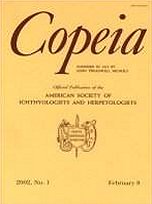In most parts of central Europe the hybridogenetic water frog Rana esculenta lives (and mates) in mixed populations with its parental species Rana lessonae. Ratios of parental and hybrid animals vary from 1:9 to 9:1 among ponds, depending on various biotic and abiotic factors. These factors may directly cause the ratio differences through species-specific effects on larval performance, but previous experimental studies under laboratory and seminatural conditions produced conflicting results as to how parental and hybrid tadpoles respond to these factors. We investigated larval development and relative recruitment of juveniles in a natural population at three sites that differed ecologically. Species ratios at the different stages (eggs, tadpoles, metamorphs) and body size of tadpoles and metamorphs were compared. Differences in timing of reproduction and larval development were more pronounced within species between ponds than between species within ponds. During the egg and tadpole stages, hybrids outnumbered parental larvae by 60:40, but this ratio reversed during metamorphosis. Higher mortality rates of hybrid froglets during metamorphosis as well as lower dispersal rates after metamorphosis may explain our findings.
How to translate text using browser tools
1 August 2004
Larval Development and Recruitment of Juveniles in a Natural Population of Rana lessonae and Rana esculenta
Gaby Abt Tietje,
Heinz-Ulrich Reyer
ACCESS THE FULL ARTICLE





